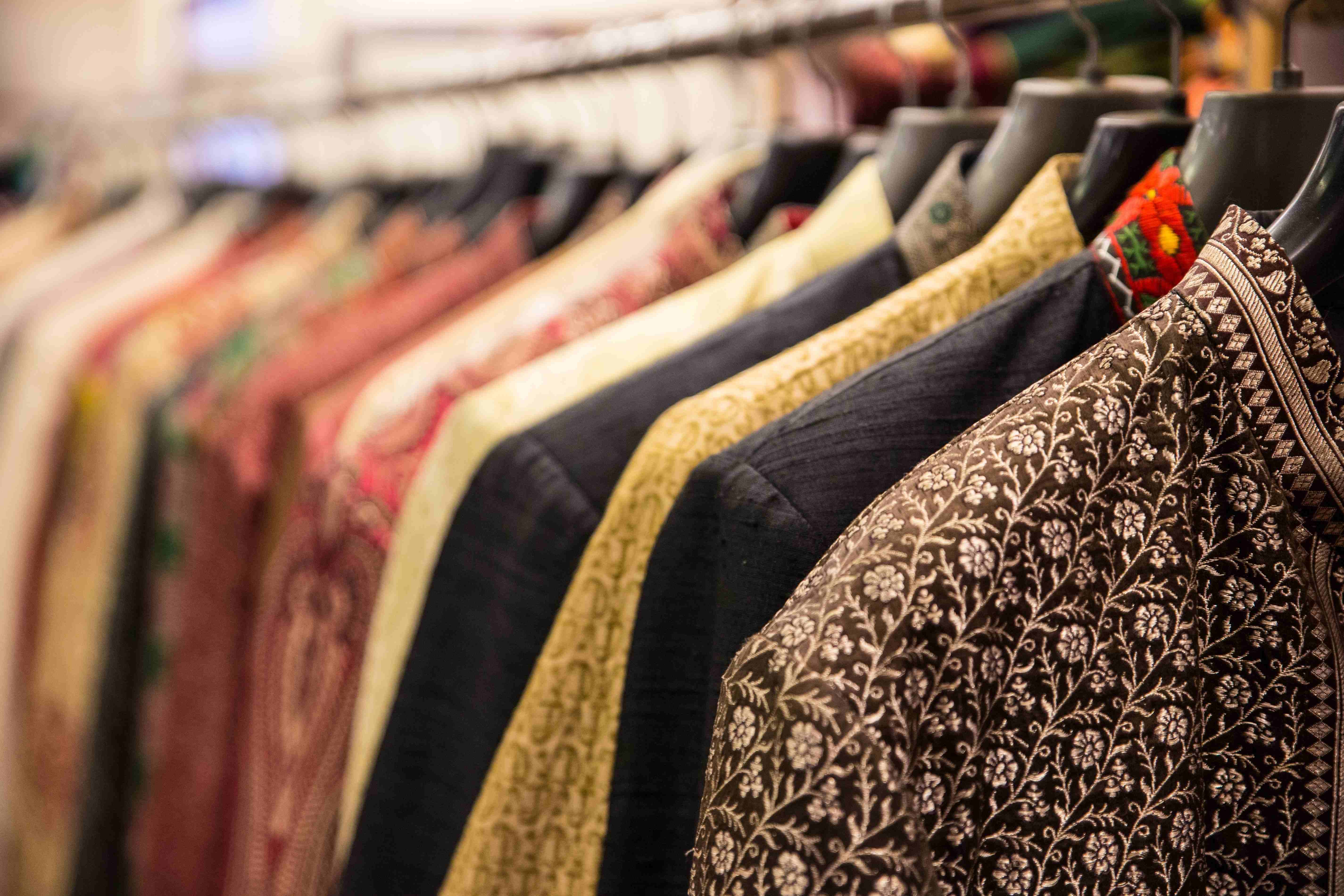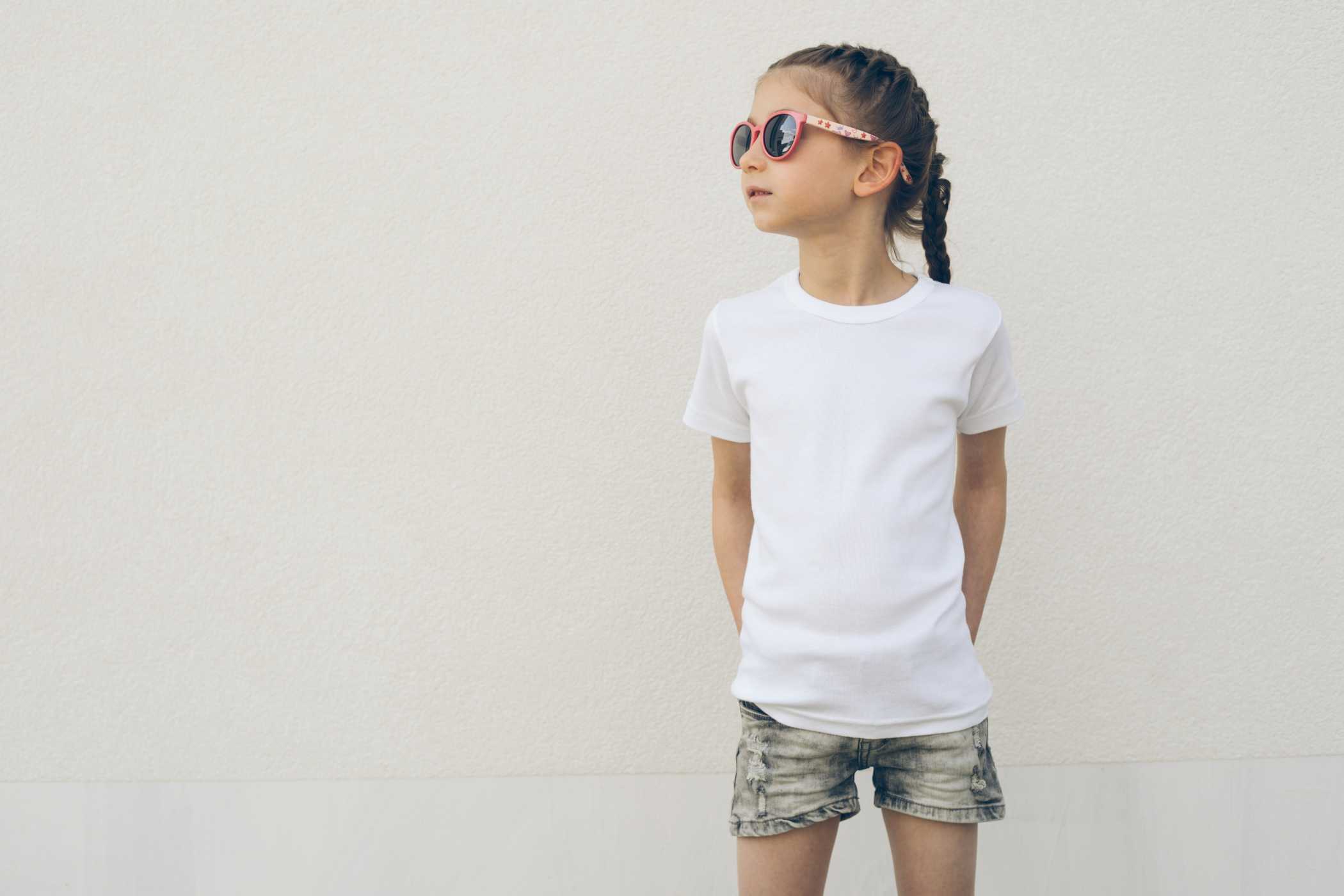Virtual Fashion Items Vs. Traditional Fashion



Clothing is a manifestation of artwork because everyone uses it to express themselves, lifestyles, and social status regularly. Shoes, shirts, pants, dresses, caps, and fashion accessories are all made with virtual fashion; however, none are actual. Brands use virtual reality and graphically modified pictures to "dress" virtual apparel. COVID-19 not only alters customer behaviour but is also altering how companies approach their plans. It also opens up new possibilities for futuristic thinking of firms to get a glimpse into the future fashion.
Some Aspects of Virtual Fashion or Traditional Fashion
Designers can agree that style everyone knows has grown consistently for a few years, and teenagers are picking these fashion changes as a symbol of status. The majority of this growth is associated with technological and social improvements, or it has proceeded hand in hand with it.
-According to wealth
The ethical fashion business keeps progressing as consumers worldwide become more informed of their unsustainable outfit choices. According to Forbes, the actual fashion business will be worth $9 billion at the end of 2023. Consequently, as with any worthy activity, the brands still face many difficulties, and as a consequence, additional developments throughout all areas of ethical fashion companies are still underway.
-According to productivity

The unique productivity of virtual fashion on the one hand, and virtual productivity on the other, are two examples of these innovations. The portrayal of apparel generated with information systems 3-dimensional software has been referred to as digital design. The majority of technological fashion develops on computers and is then input into a 3d model and manufactured identical as it appeared on the computer. All of the waste involved with ordinary clothing manufacturing prevents 3D printing, and innovative fashion can manufacture, which has evolved significantly in the last five years.
-According to the concept
Virtual fashion now exists just beyond the virtual fashion frontiers. The manufacture and sale of apparel for websites and avatars have been known as virtual clothing. It advances the concept of digital clothing a step beyond by asking, "Why printing of the outfits designed by programs at all?" This technology allowed users to see new designs by designers to create an endless number of visual positions, colourways and optimised printing patterns yet accurately simulate drape-delicate textiles. Digital fashion similarly innovates a fabric that virtual clothing does. Instead of printing the completed project, it keeps digital, allowing anyone who likes it to purchase and use it for social media platforms.
-According to the style
Since these are actual garments, the ability to perform everything conventional fashion apparel can do isn't a matter of simply Photoshop that everyone heads on top of a garment. The garments can be in various states, such as windblown, and the fabrics used can range from polyester to linen to metallic. Designers can receive a digital representation for their images that matches their personality without needing to go through a store and check on clothes, similar to how they do a Zoom backdrop that matches their persona. They are unlikely to notice that a digital outfit is digital when they see it on Instagram.
-According to the usage state
In terms of ethical development, there is no need to worry about water usage. On the contrary, the virtual fashion design world removes all reality waste with digital design. The software designers should not need ethical supply chains and raw materials because the virtual world is a computer-coded design software designers are highly trained and programmers who are recognised to work in a typically perfect state. The issue of waste material related to fashion shows is no longer a problem because the events may now be digital.
-According to the business

Online fashion might jest just before some years, but technological breakthroughs in pandemic and lockdown change things and lead towards a new fashion world. Virtual clothing appears to tailor for this moment when individuals are locked up at home during the lockdown, observing social distance laws, and unable to attend businesses. As per Forbes, the COVID-19 pandemic leads many fashion businesses to turn to reality and augmented clothing, and the possibilities of such latest fashion becoming popular are no longer remote.
Conclusion
Virtual fashion is a positive step towards advanced fashion. The advanced technology of virtual fashion fails to replace traditional fashion apparel trends completely, helpful for designers to discover alternatives to several severe issues in the latest fashion industry. Although, designers should know how they produce such fashion apparel in the future. Ultimately, designers and brands can visit Fashinza to keep their fashion look-alike virtual fashion.



















